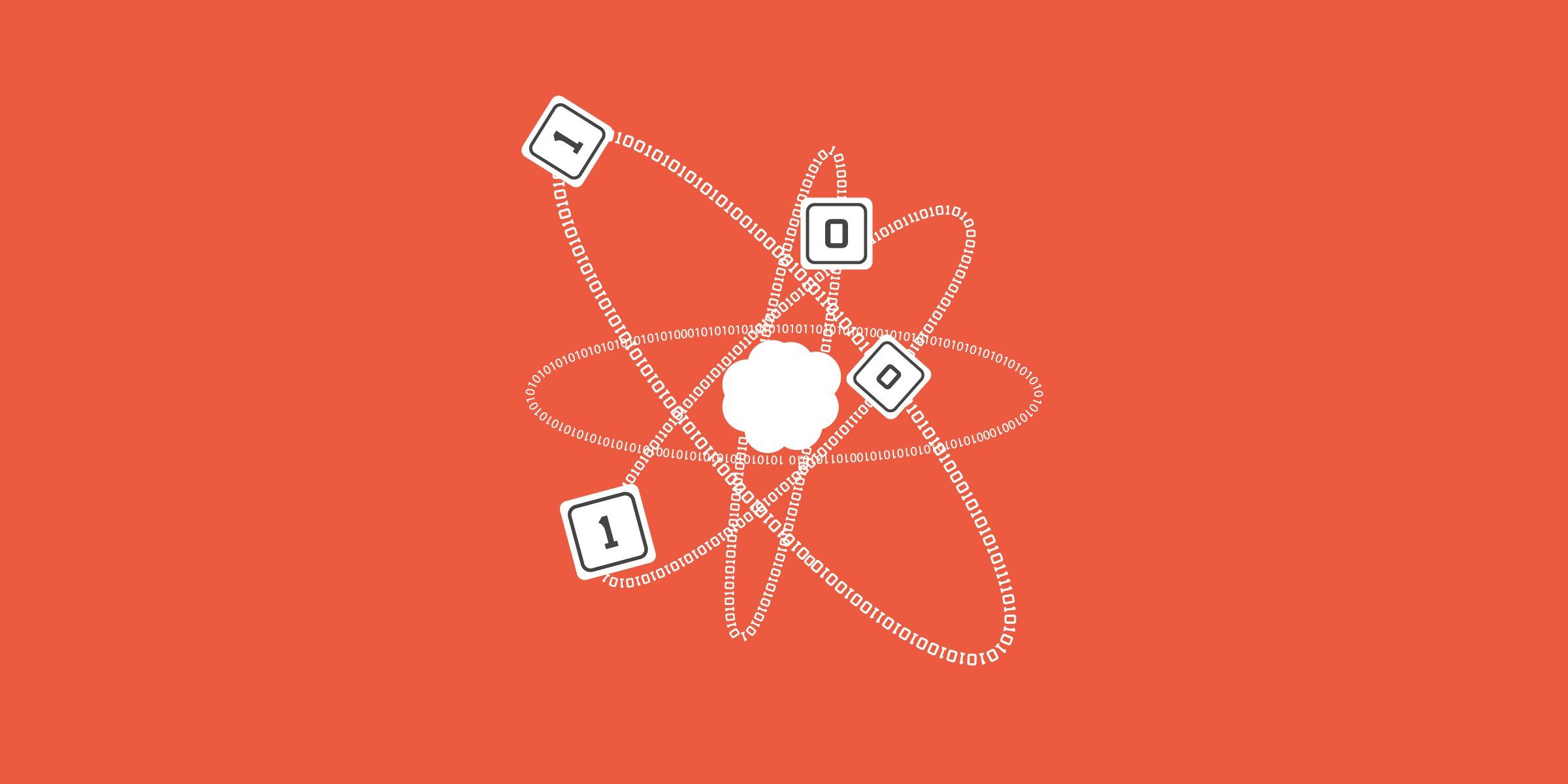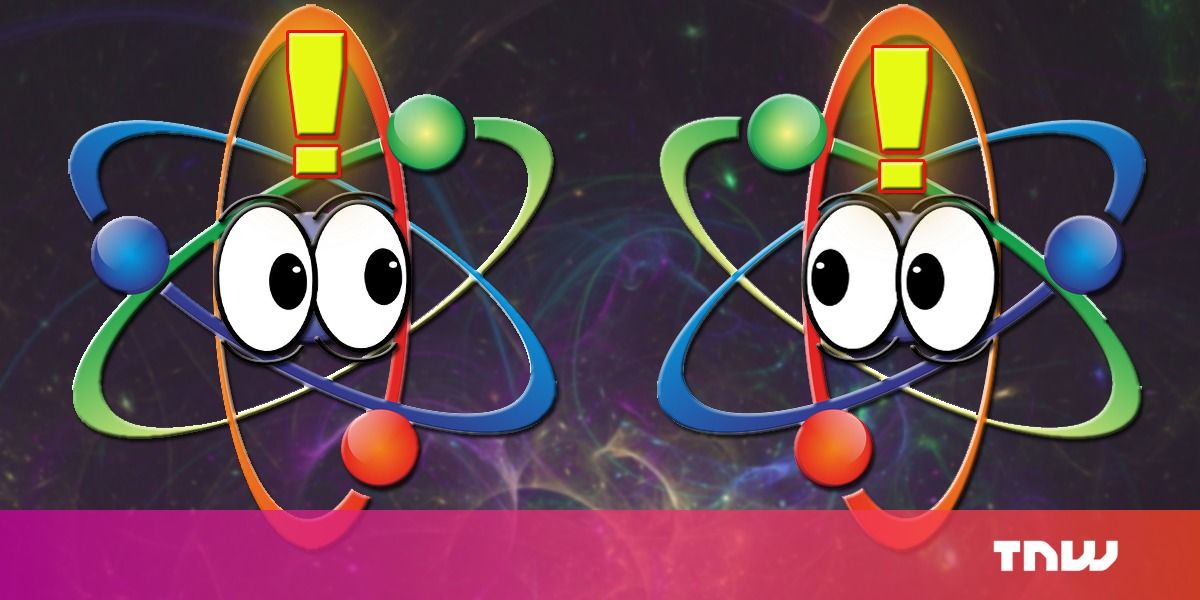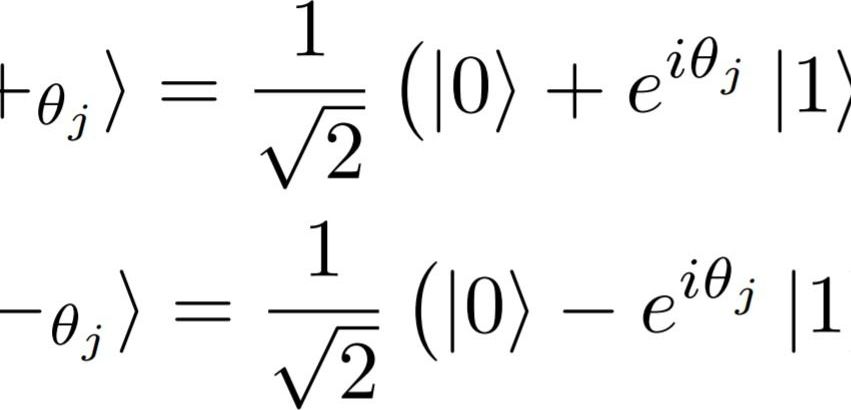Ironically, my more popular posts are ones furthest from my passion and core interests. They are larks—never intended to go viral. This is about one of them…
Apart from family, I typically steer clear of religious topics. I identify with a mainstream religion, but it is completely beside the purpose of Lifeboat Foundation, and it is a personal affair.[1]
Yet, here we discuss a religious topic, after all. Let’s get started…
Question
Do atheists agree that the fact that we can’t understand
quantum physics is at least somewhat evidence of Allah?
An Objective Answer
Do you assert that a failure to understand something is evidence of God?
I don’t fully understand a triple-Lutz (ice skating) or the Jessica stitch (needlepoint)—and I certainly don’t get why an electric dryer leaves moisture on light weight linens, when a gas dryer gets them bone-dry before the plush towels.
Is my inability to solve these mysteries evidence of Allah (or Yahweh, haShem or Y’Shewa)? Of course, not! It has nothing to do with God or religion. The fact that I don’t quite grasp every complex task or unexplained science is not evidence of God, it is evidence of my own ignorance.
On the other hand, I am fortunate to understand quantum physics—both academically and from an innate perspective. That is, behavior of waves and matter on a subatomic scale make perfect sense to me.
You would be correct to point out that certain quantum behavior seems to violate common sense:
- Probabilistic behavior. (i.e. Schrödinger’s cat is both dead and alive at once)
- Measure photons or electrons as a wave, and it no longer behaves like particles
- Entangled electrons (Einstein called it ‘Spooky action at a distance’)
- The EPR Paradox (entanglement experiment demonstrates causality based on future knowledge. It seems profoundly unbelievable!)
 But these things only seem strange, because we do not experience them first hand given our size and our senses. As the math and the mechanisms are understood through research and experimentation, the behavior begins to fit within physical laws as we understand them. Then, we can extrapolate (predict) other behaviors.
But these things only seem strange, because we do not experience them first hand given our size and our senses. As the math and the mechanisms are understood through research and experimentation, the behavior begins to fit within physical laws as we understand them. Then, we can extrapolate (predict) other behaviors.
For example, as we begin to understand quantum mechanics, we can design a computer, an encryption mechanism—and eventually a teleportation system—that exploits the physical properties and laws.
1 I do not appreciate the outreach of evangelism. In my opinion, religious discussion is best amongst a like-minded community.


 But these things only seem strange, because we do not experience them first hand given our size and our senses. As the math and the mechanisms are understood through research and experimentation, the behavior begins to fit within physical laws as we understand them. Then, we can extrapolate (predict) other behaviors.
But these things only seem strange, because we do not experience them first hand given our size and our senses. As the math and the mechanisms are understood through research and experimentation, the behavior begins to fit within physical laws as we understand them. Then, we can extrapolate (predict) other behaviors.




